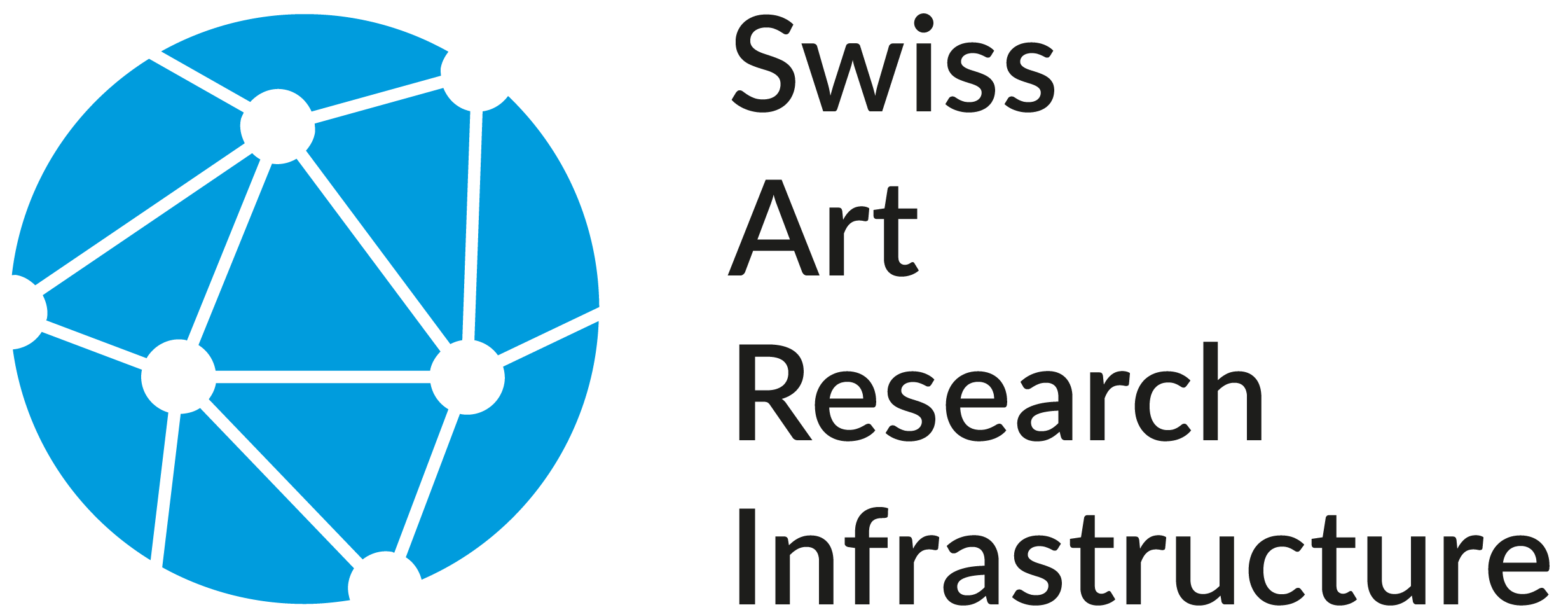In fall 2018, Swiss Art Research Infrastructure (SARI) conducted a wide-ranging survey on reference data in the field of art and architectural history and related disciplines. The survey was aimed at universities, research institutions, museums, collections, archives and comparable cultural institutions in Switzerland.
Approximately 250 people took part in the survey, mainly from universities, museums and research institutions, but also from the cultural heritage sector and other fields. Most of the feedback came from academic staff (49%) and senior managers (38%).
Which reference data is used and for which field?
It is gratifying to note that most survey participants work with reference data, especially for works (61%) and keywords (57%). More than half of the institutions represented also work with reference data for individuals and corporations (52%), while thesauri have so far been used rather little in the field of geography and iconography.
It is informative to know which sources of the reference data are in use. Around 75 percent of the respondents work with terminologies and authorities that have been developed within their own institutions and with their own resources. In the case of external reference data sources, on the other hand, clear favorites have emerged.
